
This classic has now taught generations of gardeners how to use the natural benefits of plants to protect and support each other. Here is a reader’s complete reference to which plants nourish the soil, which keep away bugs and pests, and which plants just don’t get along. Here is a complete guide to using companion planting to grow a better garden. 555,000 copies in print.This gardening classic was first published in 1975, and now a second generation of gardeners who prefer pest-resistant planni
Carrots Love Tomatoes: Secrets of Companion Planting for Successful Gardening
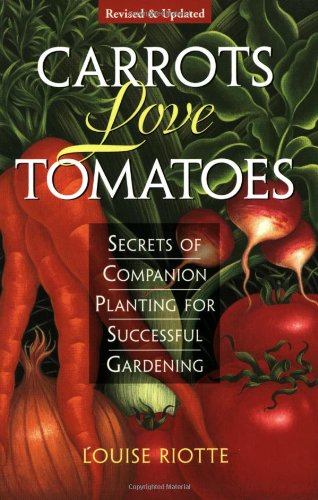








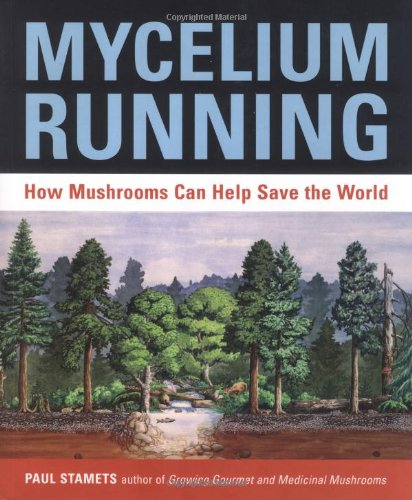
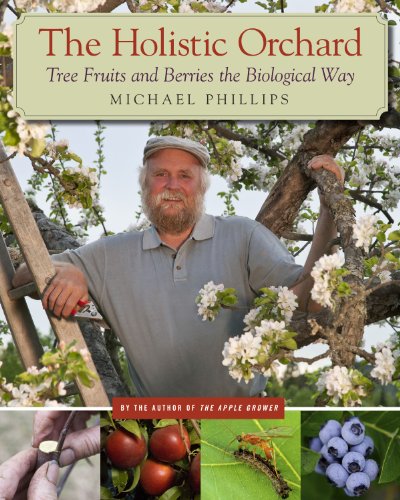
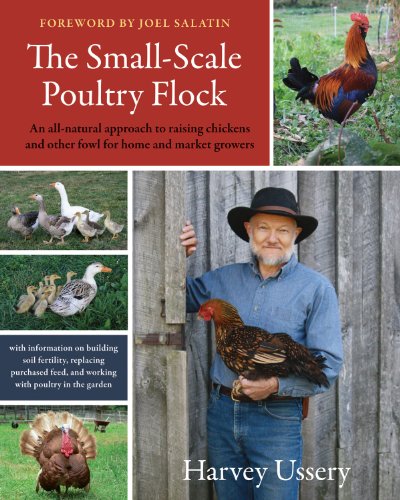





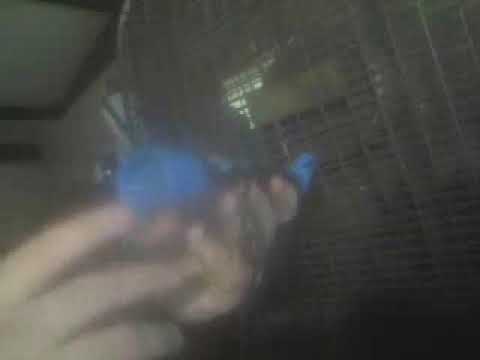
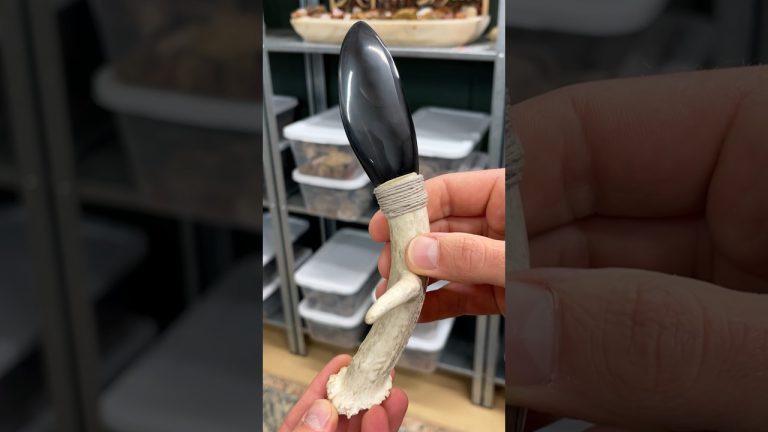

Companions for life…..,
I love CARROTS LOVE TOMATOES?an update and revision of the original companion planting book. I used many of these ideas the summer of 1975 when I had a half acre garden. My traditional farmer neighbor laughed when I told him what I was going to do, but later in the summer when the insects devastated his vegetable patch he threatened to come over and pull up all my borage and marigolds. He had to admit I was onto something. We had a few mishaps?white and yellow corn planted to close together = polka-dot corn, but we ran beans up the stalks as Riotte suggests and it worked well. The Mexican bean beatles came to visit and stayed for dinner, but we soon learned how to control them. Marigolds in the rows and our evening search to destroy the yellow egg clusters ensured a good crop. My kids learned a great deal about ?real? survival that summer and they didn?t find it on tv. We had squash, melons, tomatoes, and all sorts of other vegetables, herbs, and flowers, and mixed and matched them as companion plants. At the end of the summer, I canned like crazy and made colorful jars of green beans and white and yellow corn. Everything we grew was organic and it tasted great.
Louise Riotte includes many suggestions from the first book. Topics in the new edition include vegetables, herbs, wild plants, grasses and grains, and others. Considering what is planted where is important. For example, you should not plant peppers, eggplants, and tomatoes close together or in the same container. These vegetables are related and planting them close together inhibits growth.
Matching vegetables and herbs or avoiding combinations of vegetables and herbs that inhibit each other isn?t the only topic discussed in this book. Riotte says that tomato leaves can be pulped in a blender full of water and used as a spray that inhibits Black Spot on roses. Similarly, certain kinds of peppers produce a nice insect deterrent. I?ve grown Pyrethrum (a type of Chrysanthemum) in my garden for years. Pyrethrum has been marketed in the West as a bug repellent since at least 1828, but the Chinese are thought to have used it for perhaps 2,000 years.
The best news is that you don?t have to have a half acre to become a gardener and use these ideas. Today, I live in an urban area and have a very tiny lot. I have converted the whole thing into a series of gardens, but half the yard is in shade and vegetables need sun. So, I have placed containers along the driveway in the sun and off the walkway near the patio out back. I am also using many ideas for vertical gardening. I continue to use the planting techniques Riotte suggests, including many for container planting. Compost is important-and even in urban areas you can save kitchen and garden scraps in a compost bin. Carrots may love tomatoes but roses love sh?.
Was this review helpful to you?

|Disappointing,
I bought both of Louise Riotte’s books, only to be disappointed by the fact that companion gardening is a small portion of the book. There are several other chapters on various interesting topics, but I wouldn’t bill either one as a guide to companion planting.
The book is very interesting, but don’t buy it if you are trying to get started in companion planting/gardening. Buy Great Garden Companions by Sally Jean Cunningham instead. You’ll get much more out of it.
Was this review helpful to you?

|Easy to understand for beginner gardeners!,
I love this book. Ms. Riotte has answered many questions I have had. Nicely written for those just beginning there journey into gardening. She even devotes a section solely to poisonous plants which is very interesting! Ms. Riotte breaks the chapters down as follows: Vegetables; Herbs; Wild Plants; Grasses, Grains, and Field Crops; First Steps for Home Fruit Growing; Nuts; Ornamental Trees and Shrubs; Garden Techniques; Soil Improvement; Pest Control;Poisonous Plants; Garden Plans; Sources; Suggested Reading. I like the fact that things are crossed referenced, so while it is a good read, you can also use it as a manual. The only thing I thought could be improved upon in the book was the drawings of the garden plans. They look as though someone drew them on a piece of paper and then photocopied them into the book. They are legible but hard to read. Luckily in writing they explain what they are drawing.
Was this review helpful to you?

|